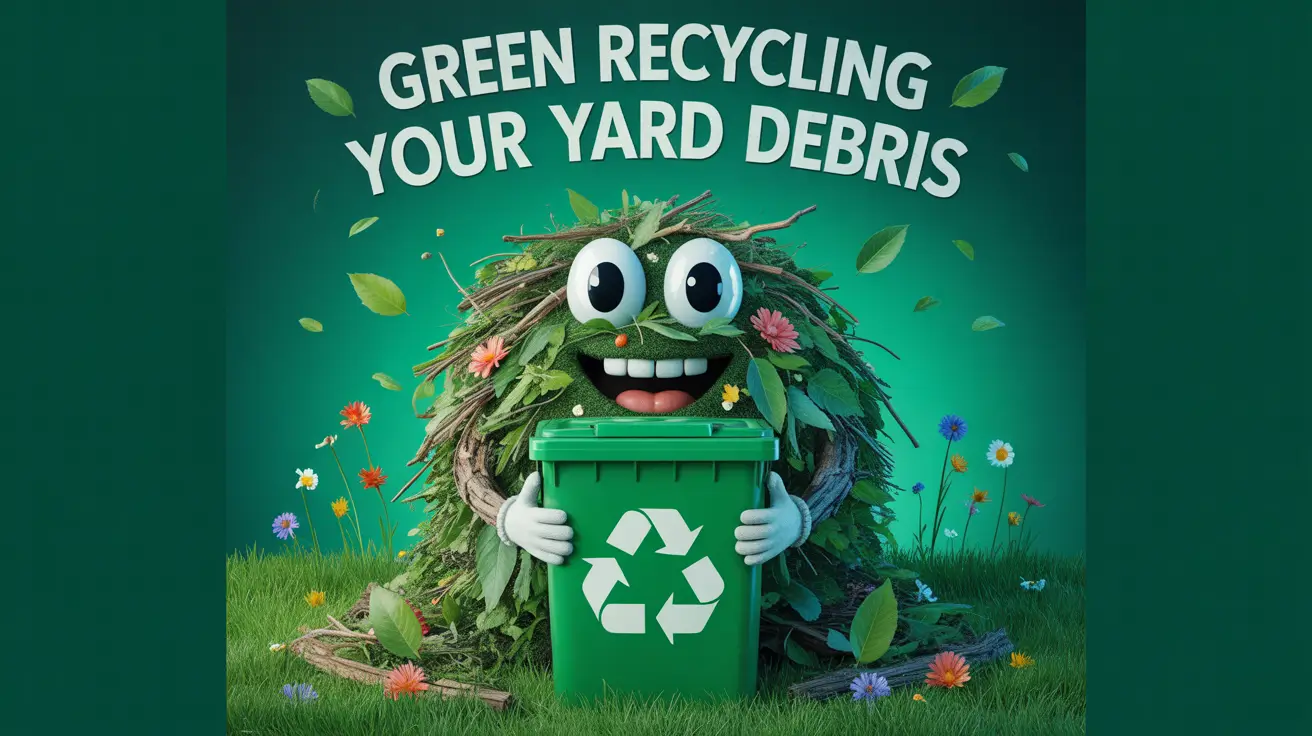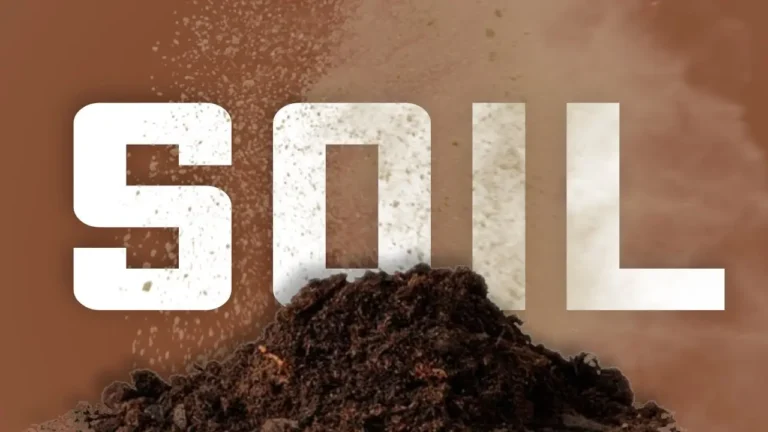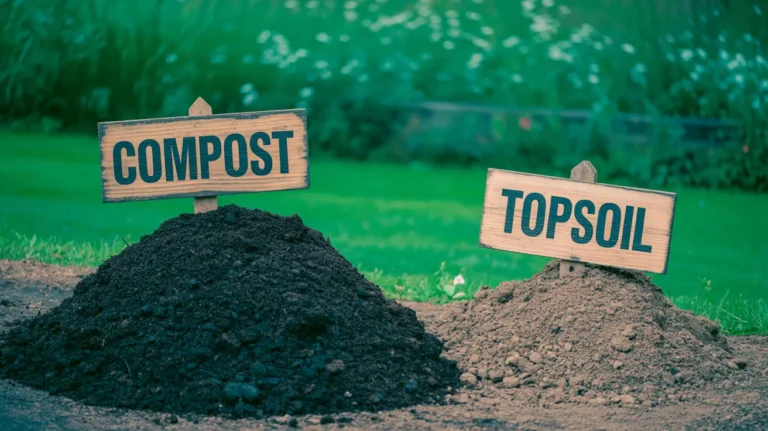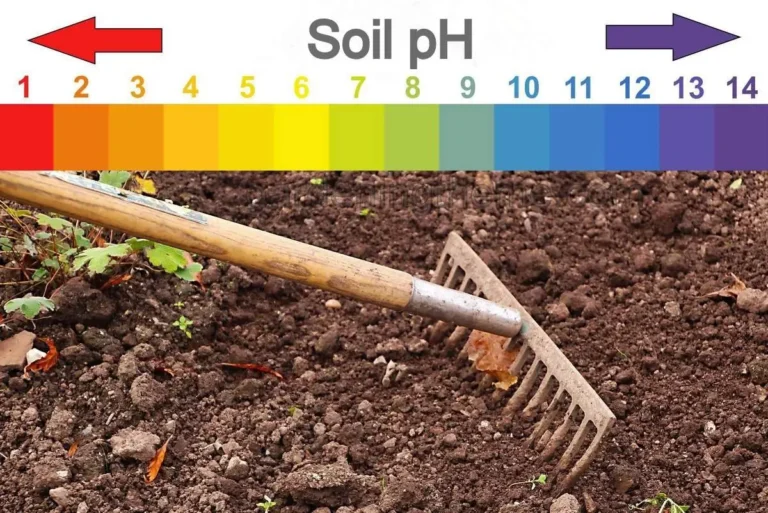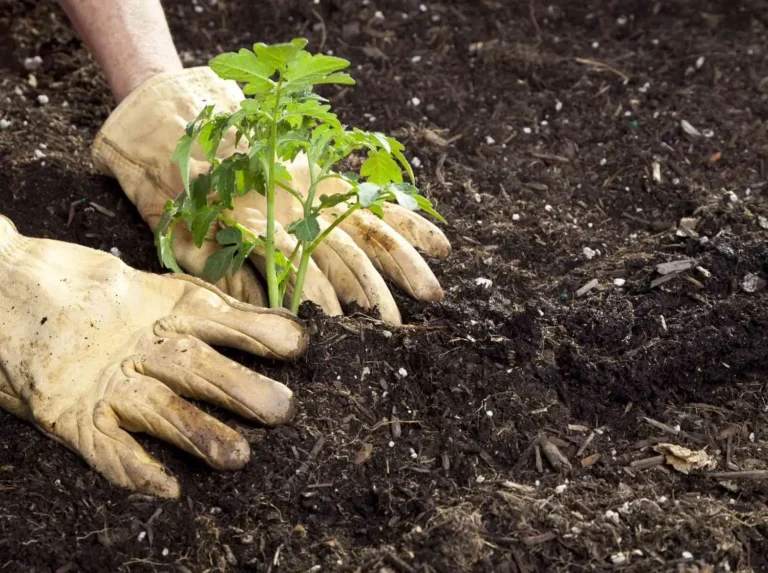Green Recycling Your Yard Debris This Fall: 10+ Reasons for a Healthier Yard and Planet
As the vibrant hues of summer fade into the warm, earthy tones of autumn, many homeowners find themselves facing a familiar, yet often daunting, task: managing the inevitable influx of yard debris. From fallen leaves to trimmed branches, the bounty of the season can quickly accumulate, transforming a picturesque landscape into a pile of organic clutter. While traditional disposal methods might seem convenient, they often come at a hidden cost to our environment. This fall, consider a more sustainable and beneficial approach: green recycling your yard debris.
Green recycling goes far beyond simply tossing organic matter into a designated bin. It’s a holistic practice that encompasses various methods, each designed to return valuable nutrients to the earth, reduce waste, and foster a healthier ecosystem. This comprehensive guide will delve into the multifaceted benefits of green recycling your yard debris, revealing over ten compelling reasons why it’s the optimal choice for your yard, your community, and the planet.
We’ll explore how these practices not only minimize your environmental footprint but also enrich your soil, conserve resources, and even save you money. By the end of this article, you’ll be equipped with the knowledge and motivation to transform your fall clean-up into an act of environmental stewardship, contributing to a greener, more sustainable future for all.
Understanding Green Recycling: More Than Just Composting
When we talk about green recycling, it’s crucial to first understand what constitutes green waste. Simply put, green waste, also known as biological waste, refers to any organic material that can be naturally decomposed and returned to the earth. This primarily includes refuse from gardens, such as grass clippings, fallen leaves, small branches, and even domestic or industrial kitchen wastes.
These materials are rich in nitrogen, often referred to as the “greens” in composting, providing essential protein and moisture for the microorganisms that drive the decomposition process .
It’s important to distinguish green waste from “browns,” which are dry materials like dried leaves, pine straw, or hay. These browns are rich in carbon and provide the necessary airflow and energy for the decomposition process in a compost pile. A balanced mix of greens and browns is vital for efficient composting.
Green recycling, however, extends far beyond just traditional composting. It encompasses a holistic view of managing organic waste, integrating various eco-friendly practices. These include:
- Composting: The controlled decomposition of organic matter into a nutrient-rich soil amendment.
- Mulching: Spreading shredded organic materials over garden beds to improve soil health, retain moisture, and suppress weeds.
- Grasscycling: Leaving grass clippings on the lawn after mowing to return nutrients to the soil.
- Leaf Mold Creation: Decomposing leaves into a rich, crumbly soil conditioner that improves soil structure and water retention.
- Municipal Programs: Utilizing local curbside collection or drop-off services that process organic waste into compost or mulch.
- Wood Chipping/Shredding: Breaking down larger branches and woody debris into smaller pieces for mulching or composting.
Fall presents the perfect opportunity to embrace green recycling practices. As trees shed their leaves and gardens are prepared for winter, a significant amount of organic material becomes available. Instead of viewing this as a burden, fall clean-up can be transformed into a productive and environmentally beneficial activity. The abundance of leaves, in particular, provides a readily available and free resource for composting and mulching, setting the stage for a healthier garden in the spring.
The Environmental Imperative: Why Green Recycling Matters for the Planet
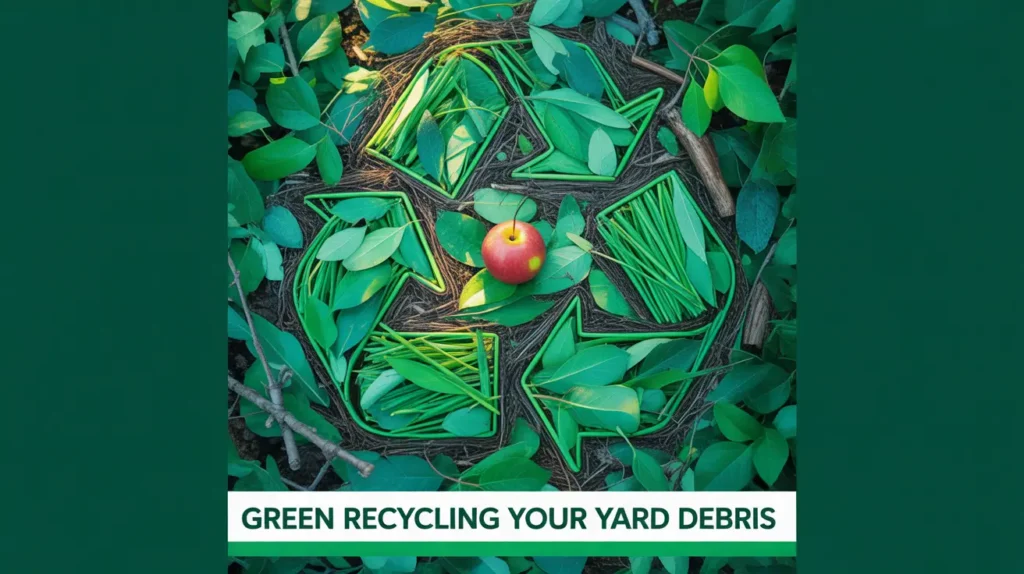
Beyond the immediate benefits to your yard, green recycling plays a critical role in addressing broader environmental challenges. The impact of diverting organic waste from landfills is profound, contributing significantly to a healthier planet.
Reason 1: Drastically Reducing Landfill Waste
One of the most compelling reasons to green recycle is its direct impact on reducing landfill waste. In 2018, the U.S. Environmental Protection Agency (EPA) estimated that approximately 34.5 million tons of yard waste ended up in municipal solid waste management facilities. This staggering figure highlights the immense volume of organic material that unnecessarily occupies precious landfill space.
When you green recycle your leaves, branches, and grass clippings, you actively help reduce this volume, extending the lifespan of landfills and minimizing the need for new ones. This is not only beneficial for the environment but also alleviates the financial and logistical burdens on municipalities.
Reason 2: Mitigating Greenhouse Gas Emissions
The decomposition of organic waste in landfills is a significant contributor to greenhouse gas emissions. In the absence of oxygen (anaerobic conditions), organic matter breaks down to produce methane, a potent greenhouse gas that is far more effective at trapping heat in the atmosphere than carbon dioxide, thus accelerating climate change.
Green recycling, particularly composting, promotes aerobic decomposition (with oxygen), which significantly reduces the production of harmful methane emissions. Furthermore, when green recycled materials are transformed into compost and applied to soil, the compost helps sequester carbon from the atmosphere, further reducing CO2 levels. This makes green recycling a powerful tool in combating climate change.
Reason 3: Conserving Natural Resources
Green recycling also plays a vital role in conserving natural resources. By creating nutrient-rich compost and mulch from yard debris, you reduce the need for synthetic fertilizers and chemical pesticides. The production of these artificial products is energy-intensive and often relies on non-renewable resources.
Moreover, the use of compost and mulch improves the soil’s ability to retain moisture, thereby reducing the need for excessive watering. The USDA states that mulching can reduce water usage in gardens by up to 50%. This direct reduction in the demand for manufactured products and water conserves valuable natural resources and lessens our reliance on unsustainable practices.
Reason 4: Supporting Local Ecosystems and Biodiversity
Healthy soil is the cornerstone of a thriving ecosystem, and green recycling directly contributes to its vitality. The compost produced from green waste is teeming with beneficial microorganisms, fungi, and earthworms. These microscopic and macroscopic organisms work in harmony to break down organic material, making essential nutrients available to plants.
By enhancing soil biodiversity, green recycling supports a robust underground network that leads to more resilient plants and crops, better able to withstand pests, diseases, and extreme weather conditions. This fosters a balanced and healthy environment, benefiting everything from the smallest soil microbes to the larger wildlife that depends on a healthy ecosystem.
Cultivating a Healthier Yard: Direct Benefits for Your Landscape
Beyond the global environmental impact, green recycling offers tangible and immediate benefits that directly enhance the health and beauty of your own yard. These advantages translate into less work, healthier plants, and a more vibrant outdoor space.
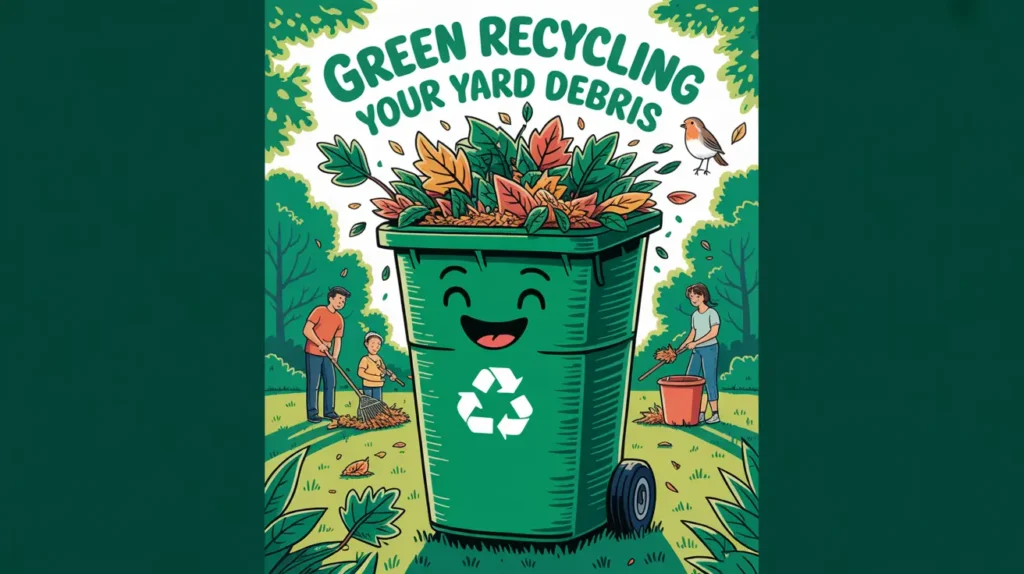
Reason 5: Enriching Soil Health and Fertility
Perhaps the most direct and significant benefit of green recycling is its ability to enrich your soil health and fertility. When yard debris is composted and returned to your garden, it replenishes the soil with vital organic matter and essential nutrients that are often depleted over time.
This organic matter improves soil structure, making it more porous and allowing for better air circulation and water penetration. It also acts like a sponge, significantly increasing the soil’s capacity to retain moisture, which is crucial during dry spells. The result is a living, breathing soil that provides an optimal environment for plant growth, leading to stronger, healthier plants with vibrant foliage and abundant blooms.
Reason 6: Natural Pest and Disease Control
A healthy soil ecosystem, fostered by green recycling, naturally contributes to natural pest and disease control. Plants grown in nutrient-rich, biologically active soil are inherently more robust and less susceptible to pests and diseases.
The beneficial microorganisms introduced through compost can outcompete harmful pathogens and even produce compounds that suppress disease-causing organisms. This reduces your reliance on chemical pesticides and fungicides, creating a safer environment for your family, pets, and local wildlife. By strengthening your plants’ natural defenses, you’re building a resilient garden that thrives with minimal intervention.
Reason 7: Reducing Water Needs
In an era of increasing water scarcity, reducing water needs in your garden is a significant advantage of green recycling. Mulching, in particular, plays a crucial role here. A layer of organic mulch on your garden beds acts as a protective barrier, reducing water evaporation from the soil surface.
This means your plants stay hydrated longer, requiring less frequent watering. As mentioned earlier, mulching can reduce water usage by up to 50%. Furthermore, the improved soil structure resulting from compost application enhances the soil’s water retention capabilities, ensuring that water is absorbed and held where it’s most needed by plant roots. This not only conserves water but also saves you time and effort on irrigation.
Reason 8: Saving Money on Yard Care
One of the most practical and often overlooked benefits of green recycling is the potential for saving money on yard care. Instead of purchasing expensive synthetic fertilizers, soil amendments, and even mulch, you can create these valuable resources for free right in your own backyard.
Composting your yard debris provides a continuous supply of nutrient-rich fertilizer, eliminating the need for costly chemical alternatives. Similarly, mulching with shredded leaves or wood chips from your own yard means you won’t have to buy bags of commercial mulch. These savings can add up significantly over time, making green recycling a financially smart choice for any homeowner.
Community and Economic Impact: Broader Benefits of Green Recycling
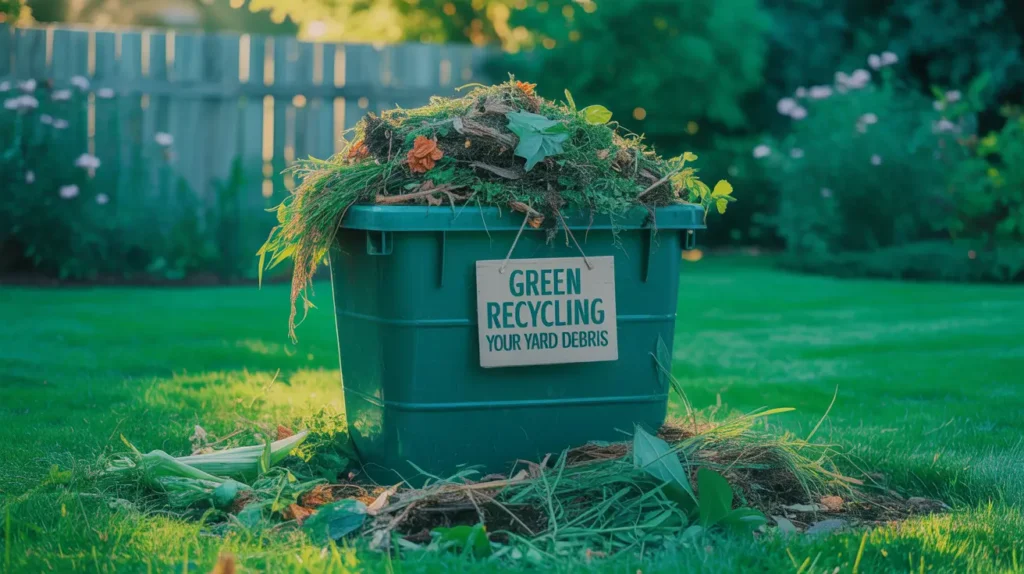
The positive ripple effects of green recycling extend beyond your property line, contributing to the well-being of your local community and fostering a more sustainable economy.
Reason 9: Supporting Local Green Businesses and Circular Economy
When you participate in green recycling, especially through local collection programs or by utilizing services that process organic waste, you are directly supporting local green businesses and contributing to a circular economy.
Companies like Lenz Enterprises, for example, specialize in transforming yard debris into valuable resources such as high-quality compost and mulch. By choosing to green recycle, you help sustain these businesses, which in turn create local jobs and provide essential services that benefit the entire community. This fosters a circular economic model where waste is minimized, resources are reused, and local economies are strengthened.
Reason 10: Creating Valuable Community Resources
Green recycling initiatives often lead to the creation of valuable community resources. Many municipalities offer curbside yard waste collection programs or provide drop-off sites where organic materials are processed into compost or mulch. This finished product is then often made available to the public, sometimes even for free, for use in community gardens, parks, and residential landscapes. This not only provides a sustainable solution for managing yard waste but also creates a shared resource that enhances public spaces and promotes gardening and greening efforts throughout the community.
Reason 11: Educational Opportunities and Community Engagement
Green recycling also presents significant educational opportunities and fosters community engagement. Local workshops, educational campaigns, and school programs can teach residents about the benefits and methods of composting, mulching, and other green recycling practices. This empowers individuals with practical skills and knowledge, promoting a greater understanding of environmental stewardship.
Furthermore, community composting initiatives or volunteer clean-up events can bring people together, fostering a sense of shared responsibility and collective action towards a greener community. Even simple activities like yard waste crafts can be fun projects for kids, teaching them about reuse and sustainability from a young age.
Practical Guide to Green Recycling Your Fall Yard Debris
Now that you understand the compelling reasons to green recycle, let’s explore practical ways to implement these practices in your fall yard clean-up. Even if you don’t have a large yard, there are options for everyone.
Step-by-Step: How to Get Started with Home Composting
Home composting is an excellent way to manage your organic waste and create nutrient-rich soil amendments. Here’s a basic guide to get you started:
- Choose a Location: Select a well-drained area in your yard that is easily accessible but not too close to your home. Partial shade is ideal to prevent the pile from drying out too quickly.
- Select a Bin (Optional): While you can create a simple pile, a compost bin can help contain the materials and speed up the process. Options range from simple wire mesh bins to more elaborate tumblers or multi-compartment systems. For apartment dwellers, vermicomposting (composting with worms) or electric composters and bokashi buckets are excellent alternatives.
- Layer Your Materials: The key to successful composting is a balanced mix of“greens” (nitrogen-rich materials like grass clippings, fresh leaves, and food scraps) and “browns” (carbon-rich materials like dried leaves, straw, and small twigs). Aim for a ratio of roughly 2 parts browns to 1 part greens by volume. This balance ensures proper decomposition and prevents odors.
- Moisture is Key: Your compost pile should be consistently moist, like a wrung-out sponge. Water it if it feels dry, especially during dry spells. Too much water can lead to anaerobic conditions and odors.
- Aeration (Turning): Regularly turn your compost pile with a pitchfork or aerating tool. This introduces oxygen, which is essential for aerobic decomposition, and helps to mix the materials, speeding up the process. The more frequently you turn it, the faster it will decompose.
- What to Add/Avoid: Add fruit and vegetable scraps, coffee grounds, tea bags, eggshells, yard trimmings, and shredded newspaper. Avoid meat, dairy, oily foods, diseased plants, and pet waste, as these can attract pests and create odors.
Mulching Techniques for Fall
Mulching is a simple yet powerful way to utilize fall leaves and other yard debris. It protects your soil, conserves moisture, and suppresses weeds.
- Shredding Leaves: While whole leaves can be used, shredding them first helps them break down faster and prevents them from matting together, which can suffocate plants. You can shred leaves by running a lawnmower over them (with or without a bagging attachment) or using a leaf shredder.
- Application: Spread a 2-4 inch layer of shredded leaves or other organic mulch around the base of trees, shrubs, and in garden beds. Keep the mulch a few inches away from tree trunks and plant stems to prevent rot and pest issues.
- Benefits: Mulch insulates the soil, protecting plant roots from extreme temperature fluctuations. It also slowly releases nutrients as it decomposes, enriching the soil over time. Furthermore, it significantly reduces water evaporation, meaning you’ll water less frequently.
Grasscycling Best Practices
Grasscycling is the practice of leaving grass clippings on your lawn after mowing. It’s one of the easiest ways to green recycle and provides numerous benefits for your lawn.
- Mower Settings: Use a mulching mower or a standard mower with a sharp blade. Adjust your mower height so that you’re only removing about one-third of the grass blade at a time. This ensures the clippings are small enough to decompose quickly.
- Frequency: Mow regularly, especially during periods of rapid growth, to avoid large clumps of clippings that can smother the grass. If clippings are too heavy, they can be raked and added to your compost pile.
- Benefits: Grass clippings are rich in nitrogen and act as a natural fertilizer, returning essential nutrients to your lawn. This reduces the need for synthetic fertilizers and promotes a healthier, greener lawn.
Utilizing Municipal Programs
Many communities offer convenient municipal yard waste collection programs. These programs typically process organic waste into compost or mulch for community use.
- Check Local Guidelines: Visit your local government’s website or waste management department to understand their specific guidelines for yard waste collection. This includes acceptable materials, collection schedules, and preparation requirements (e.g., paper bags, reusable containers, bundle sizes).
- Proper Bagging: If required, use brown paper yard waste bags, as plastic bags are generally not accepted due to their non-biodegradable nature. Ensure bags are not overfilled or too heavy for collection.
- Benefits: Utilizing these programs is a convenient way to green recycle if you lack the space or time for home composting. It ensures your yard waste is processed responsibly and contributes to community-wide sustainability efforts.
Handling Larger Debris
For larger branches and woody debris, specialized methods are available to green recycle them effectively.
- Wood Chippers and Shredders: For significant amounts of woody debris, consider renting a wood chipper or shredder. These machines break down branches into wood chips, which can be used as mulch in your garden or added to your compost pile (as a “brown” component). Always follow safety instructions when operating such machinery.
- Brush Piles for Wildlife: In some cases, creating a brush pile in an out-of-the-way corner of your yard can provide valuable habitat for local wildlife, offering shelter and nesting sites. This is a passive form of green recycling that benefits biodiversity.
Addressing Common Concerns and Misconceptions
Despite the numerous benefits, some common concerns and misconceptions often deter individuals from embracing green recycling. Let’s address these head-on.
“It’s too much work”: Debunking the Effort Myth
Many people perceive green recycling, especially composting, as a time-consuming and laborious task. While it does require some initial setup and occasional attention, the effort is often exaggerated. Simple practices like grasscycling require no extra effort at all – just leave the clippings on your lawn. Home composting can be as involved or as simple as you make it. With a well-designed system and proper layering, turning the pile can be a quick weekly or bi-weekly task. Moreover, the long-term benefits of healthier soil and reduced need for external inputs significantly outweigh the minimal effort involved. Think of it as an investment in your yard’s future, rather than a chore.
“It smells bad”: Proper Composting Techniques to Avoid Odors
One of the most common concerns is that composting will produce unpleasant odors. A well-maintained compost pile should smell earthy and pleasant, like a forest floor. Foul odors typically indicate an imbalance in the compost mixture, usually too much nitrogen (greens) or insufficient aeration. By maintaining the correct balance of greens and browns and turning the pile regularly to ensure adequate oxygen, you can prevent anaerobic decomposition, which is the primary cause of foul smells. Avoiding meat, dairy, and oily foods in your compost also helps prevent odor issues and deter pests.
“Attracts pests”: How to Manage Compost to Deter Unwanted Visitors
Another concern is that composting will attract rodents, insects, or other unwanted pests. While it’s true that an improperly managed compost pile can become a magnet for pests, proper techniques can effectively deter them. As mentioned above, avoiding meat, dairy, and oily foods is crucial. Burying food scraps deep within the pile and covering them with a layer of browns also helps. Using a closed compost bin, especially one made of wire mesh or plastic, can further prevent access by larger animals. A healthy, actively decomposing compost pile generates heat, which is also less attractive to many pests.
“What about diseased plants?”: Guidelines for Composting Diseased Material
The question of composting diseased plants is a valid one. Generally, it’s best to avoid adding heavily diseased plant material to your home compost pile, especially if you’re unsure about the disease. Many common plant diseases can survive the composting process if the pile doesn’t reach sufficiently high temperatures to kill pathogens. However, if you have a hot compost pile (one that consistently reaches temperatures above 130°F or 55°C), it can effectively kill most disease-causing organisms. For diseased plants, it’s often safer to dispose of them through municipal yard waste programs, as commercial composting facilities typically operate at much higher temperatures and have more controlled environments to ensure pathogen destruction.
Beyond the Fall: Year-Round Green Recycling Habits
While fall offers a prime opportunity to kickstart your green recycling journey, the principles and practices extend far beyond the autumn months. Integrating green recycling into your year-round yard care routine can lead to continuous benefits for your landscape and the environment.
Extending Practices Beyond Autumn
- Spring: As new growth emerges, grasscycling remains a valuable practice. Use compost generated over the winter to enrich garden beds before planting. Shredded leaves from fall can be used as a fresh layer of mulch.
- Summer: Continue grasscycling. Utilize kitchen scraps in your compost bin. Collect and compost any plant trimmings or spent annuals. Maintain mulch layers to conserve water during dry spells.
- Winter: While outdoor composting may slow down in colder climates, you can continue collecting kitchen scraps for indoor composting methods like vermicomposting or bokashi. Plan for next season’s composting needs by gathering brown materials.
Integrating Green Recycling into Daily Routines
Making green recycling a habit is about small, consistent actions. Keep a small container for kitchen scraps near your sink. Have a designated spot for yard waste in your garden. Educate your family members on what can and cannot be composted. The more seamlessly these practices fit into your daily and weekly routines, the more sustainable they become.
The Long-Term Benefits of Sustainable Yard Care
Embracing year-round green recycling transforms your yard into a self-sustaining ecosystem. Over time, you’ll notice a significant improvement in soil health, leading to more vigorous plants, fewer pest and disease problems, and a reduced need for external inputs like fertilizers and excessive watering. This not only saves you time and money but also creates a beautiful, resilient landscape that thrives in harmony with nature. Your efforts contribute to a healthier local environment, a reduction in landfill waste, and a tangible step towards mitigating climate change.
Green recycling your yard debris this fall is more than just a chore; it’s a powerful act of environmental stewardship that yields profound benefits for your yard, your community, and the planet. We’ve explored over ten compelling reasons, from drastically reducing landfill waste and mitigating greenhouse gas emissions to enriching soil health, conserving natural resources, and supporting local green economies. By embracing practices like composting, mulching, and grasscycling, you’re not only transforming your fall clean-up into a productive endeavor but also contributing to a healthier, more sustainable future.
The journey towards a greener lifestyle begins with small, actionable steps. This fall, make a conscious choice to divert your yard debris from the landfill and instead, return its valuable nutrients to the earth. The benefits are clear, the methods are accessible, and the impact is significant. Be a part of the solution, and let your yard become a testament to the power of green recycling. Your efforts, combined with those of others, create a ripple effect that fosters a healthier planet for generations to come.
